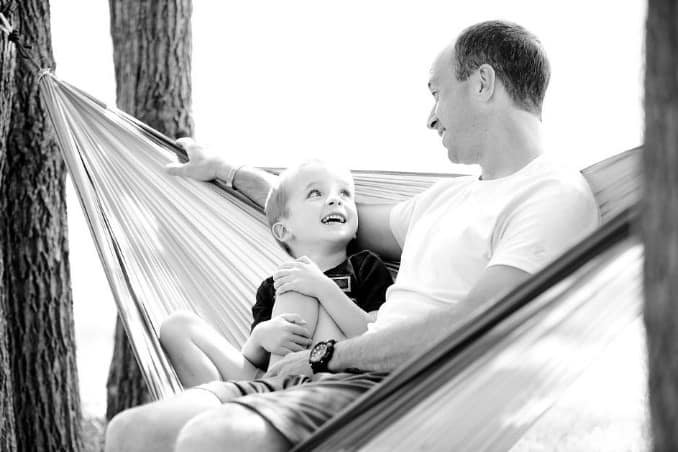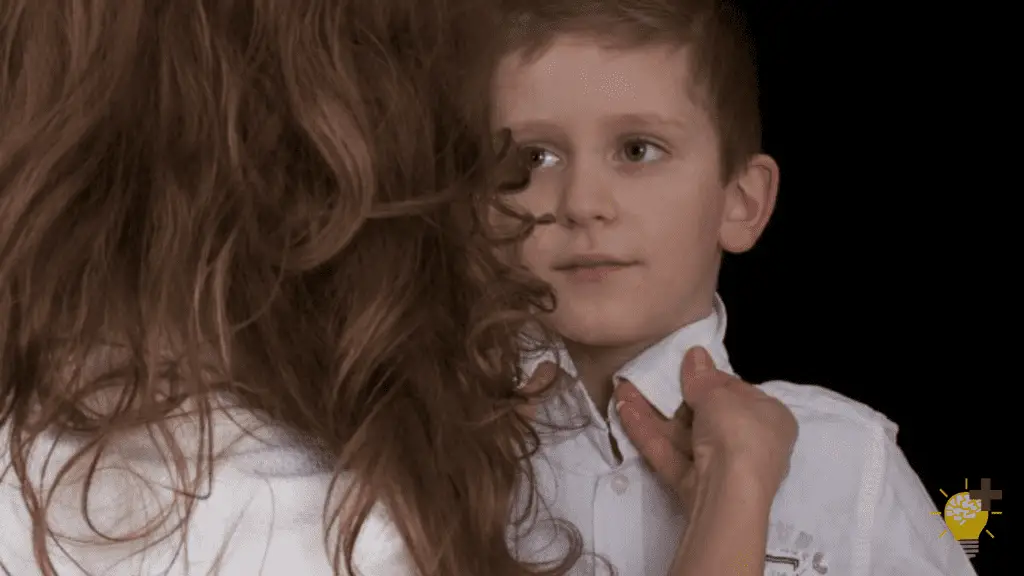Raising kids is a lifetime task, which can be difficult sometimes. These days, more and more parents are looking for effective behavior modification methods that won’t hurt their children’s self-esteem but also won’t compromise the parent’s values.
There are four positive parenting methods: positive punishment, negative punishment, positive reinforcement, and negative reinforcement.
I’ll only focus on positive punishment and negative reinforcement in this article. I understand that the term “positive punishment” can be a bit confusing because punishment isn’t usually positive.
But before I explain what the concept of positive punishment really is and how it differs from negative reinforcement, let’s first clarify what punishment and reinforcement mean in the context of this discussion.
Punishment and Reinforcement Explained
Parents typically use either punishment or reinforcement to correct or modify behavior in children. While both tools can be effective in different situations, they are not the same and don’t usually yield the same results.
In simple terms, the term “punishment” in behavioral psychology refers to introducing an unfavorable condition that makes an unwanted behavior less likely to reoccur in the future.
On the other hand, “reinforcement” in behavioral psychology is the use of favorable conditions to strengthen a good or desired behavior and encourages its reoccurrence in the future.
With that out of the way, let’s see what positive punishment is and how it is different from negative reinforcement.
What Is Positive Punishment?
Positive punishment for kids means doing something that brings about an unpleasant consequence to reduce the likelihood of an undesired behavior repeating itself. It is a way to guide kids toward choosing alternative and more helpful behaviors.
The goal is to punish and deter the behavior, not the child.
Here are some common examples of positive punishment:
- Chores: A child who fails to tidy up their room most likely hates doing home chores, so giving them additional chores might be an ideal aversive stimulus to prevent the undesired behavior (not cleaning up their room).
- Scolding:Many children, especially older kids, strongly dislike being lectured and would do anything to avoid it. This means scolding can be an appropriate positive punishment for discouraging this particular behavior.
- Extra homework or writing: This positive punishment is common in the school environment, where naughty children are made to do extra homework, write an essay about their bad behavior, or write the same phrase or sentence continuously for a certain number of times.
While positive punishment focuses on introducing an aversive stimulus to discourage unwanted behavior, parents must understand that children are different, and what’s aversive or of consequence for one child may have little to no effect on another and their bad behavior.
In other words, positive punishment should be suited to each child. Parents should use positive punishment immediately after the undesired behavior to make it more effective.
What Is Negative Reinforcement?
In simple terms, negative reinforcement refers to removing something unpleasant to encourage desired behavior.
Here’s another way to say it: negative reinforcement seeks ways to promote good behavior by identifying and eliminating conditions that may discourage the desirable behavior.
Consider the following real-world examples of negative reinforcement:
- As the primary reinforcer, you relax certain restrictions because your child does something good. You have used negative reinforcement to increase the likelihood of the child repeating and continuing the good behavior.
- Your teenager shows common sense, so you remove the curfew to give them a sense of responsibility.
- Your child’s behavior shows they are mature enough to handle themselves and not succumb to pressure from peers and friends, so you disable strict parental controls on the television or internet.
Remember that negative reinforcement doesn’t discourage unwanted behavior; that function is reserved for positive punishment.
Difference Between Positive Punishment and Negative Reinforcement

Now that we have answered the question, “What is positive punishment?” and explained negative reinforcement, let’s consider the difference between the two behavior modification methods.
Here are the main differences between the two with regards to modifying a child’s behavior:
- Positive punishment adds or introduces something the child does not like (an unwanted or negative stimulus) to discourage bad or undesirable behavior.
- Negative reinforcement removes or takes away something the child dislikes to encourage good or desirable behavior.
- Positive punishment uses aversive stimulus to punish a child for bad behavior.
- Negative reinforcement is not a form of punishment. Instead, it aims to encourage good behavior by removing unwanted stimuli.
It is not uncommon for many parents to confuse positive punishment and negative reinforcement. The major confusion with these behavior modification tools is the terms “positive” and “negative.”
You should not consider these terms in their everyday sense (positive being good and negative being bad). Instead, think of “positive” as adding something and negative as taking away something.
When to Use Positive Punishment and Negative Reinforcement
Ideally, you should consider punishment when your goal is to weaken an inappropriate behavior in your child that you don’t like.
Spanking is an example that most parents can easily relate to. Your toddler throws a temper tantrum, and you spank the child. That’s positive punishment – adding an aversive stimulus (the physical punishment) – to discourage the behavior.
On the other hand, you should use negative reinforcement when you want your child to continue certain behavior.
In any case, it is important to understand the specific circumstances around a child’s behavior before using positive punishment or negative reinforcement.
You don’t want to reinforce a negative behavior that is detrimental to the child in the long run, and you don’t want to punish a child disproportionately, as that will not yield the desired results and may have a negative consequence.
Summary
Behavior modification is a huge part of parenting, and how parents approach the task can make or mar their children’s future, depending on the method used, how often it is used, and the child’s unique circumstances.
Perhaps the first task parents must focus on is understanding their children and knowing their specific physical and emotional needs at different developmental stages. Once parents get a handle on this, they can determine the right behavior modification tool and when to apply them.




